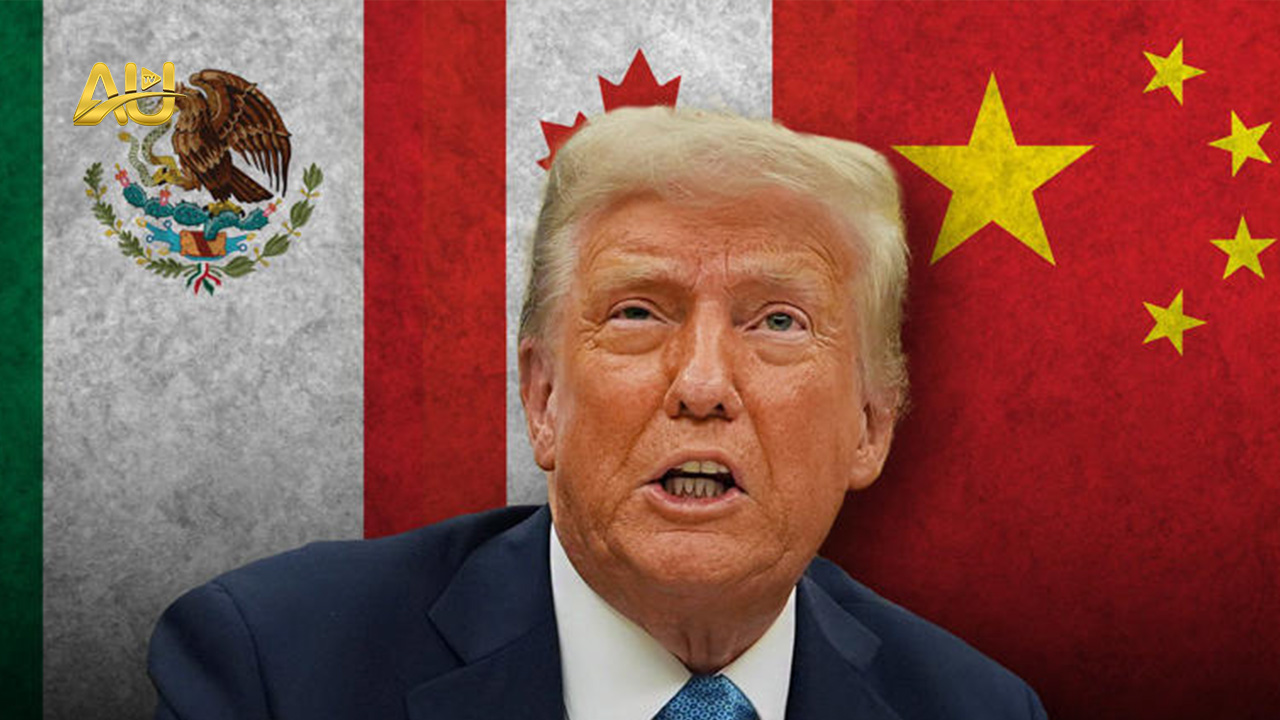On February 1, 2025, President Donald Trump imposes tariffs on imports from Canada, Mexico, and China. As a result, the administration enforces a 25% tariff on most goods from Canada and Mexico. Meanwhile, Chinese imports now face a 10% tariff. Additionally, Canadian energy products receive a 10% levy. These measures, which take effect on February 4, aim to address illegal immigration and drug trafficking concerns.
President Trump defends the decision, stating that the tariffs will protect American jobs and industries. Furthermore, he claims they will encourage domestic production and correct trade imbalances. Since the administration expects the tariffs to generate revenue and support manufacturing, they remain firm on the policy. However, experts warn of potential short-term economic disruptions.
Consequently, the announcement sparks strong reactions. Canadian Prime Minister Justin Trudeau criticizes the decision and immediately announces retaliatory tariffs. In response, Canada imposes a 25% tariff on $105 billion worth of U.S. goods. Trudeau expresses frustration, stating that Canada has already taken significant steps to combat drug smuggling. At the same time, Mexico also plans to respond with tariffs and other trade restrictions.
Moreover, economists warn of major supply chain disruptions. Since North American trade is valued at $1.6 trillion, these tariffs may cause serious setbacks. As a result, higher costs could impact businesses and consumers alike. Analysts predict increased prices for essential goods such as food, cars, and electronics. For this reason, the average U.S. household could see costs rise by over $2,600 per year.
Unsurprisingly, financial markets react swiftly. Stock futures decline sharply, while oil prices surge due to the energy tariffs on Canada and Mexico. Similarly, the U.S. dollar strengthens, affecting export-reliant industries. Investors, therefore, fear further economic uncertainty, especially if China retaliates.
In contrast, Goldman Sachs predicts limited long-term effects on oil and gas prices. However, Canadian oil producers may face a $3 to $4 per barrel discount. Meanwhile, U.S. consumers might pay $2 to $3 more per barrel. Ultimately, the market is expected to adjust, with supplies coming from OPEC, Latin America, and Europe.
Overall, Trump imposes tariffs, sparking a heated debate. On one hand, some see them as necessary for national security and economic strength. On the other hand, others fear they will harm global trade and raise costs for consumers. As the situation unfolds, businesses and policymakers must brace for further developments.




